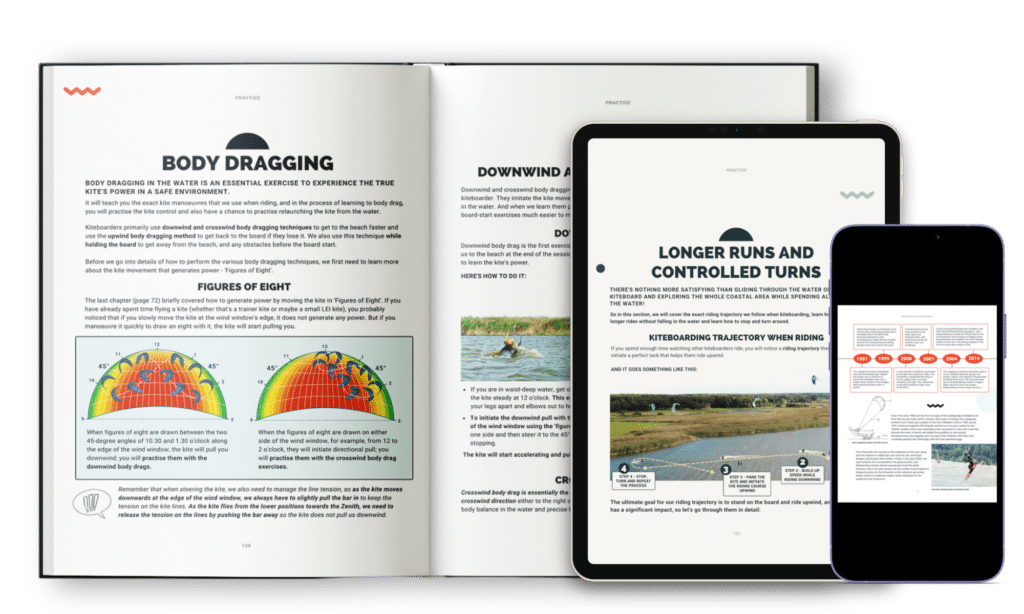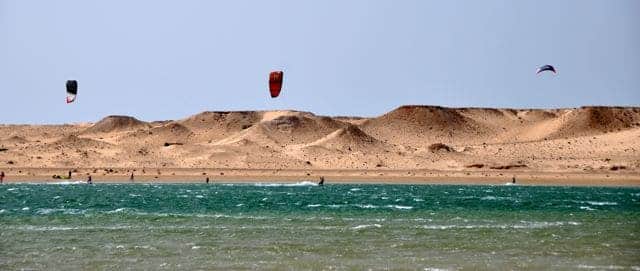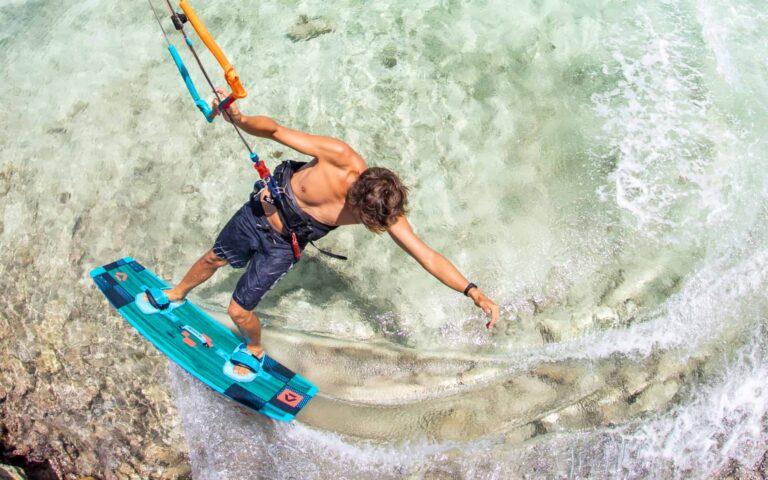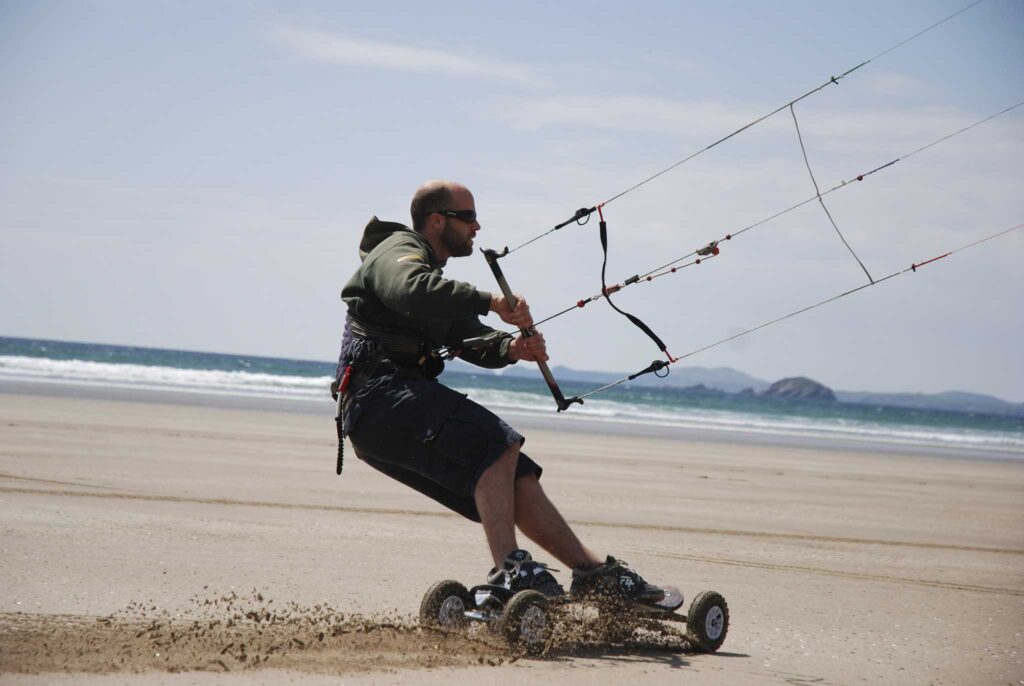Table of Content
IS SNOWKITING DIFFICULT?
The principle is the same as on water: a large kite attached to a harness is used to catch the wind and pull the rider, who wears either skis or a snowboard, across the snow.
If you can ski and confidently pilot a kite, you’ll soon get the hang of Snowkiting. If you are a beginner, starting from scratch, and want to learn the basic kite manoeuvres, or maybe upgrade your technique then all you need is a few lessons. The technology and the material have developed enormously in recent years and Snowkiting today a safe sport that can be learned in a few days, but first you will need to learn how to fly a kite or at least a small trainer kite.
WIND CONDITIONS FOR SNOWKITING
Snowkiting as the name implies needs a snowy surface: a flat field, frozen lake or a mountaintop with a solid foundation for the skis or snowboard to slide and that has at least a little breeze of wind is ideal. Winter winds in the mountain areas offer a lot of options for riding that are not available during the summer months. Because you are riding on frozen inland lakes and fields, almost any wind direction is rideable. The colder air is also more dense, providing more power with less wind speed. Depending on the size of kites you own, you can ride in winds from 5-30 mph, but we suggest newcomers don’t try anything over 15mph until they are confident in their skills.
Additionally we will suggest to get a mountain guide if you are thinking to venture out to the less explored mountain areas, you never know where you will experience a wind shadow and will end up hiking/skiing in unknown and unexplored areas.
WHAT EQUIPMENT DO YOU NEED FOR SNOWKITING?
Snowkiting, like all kite sports, requires different kite sizes depending on the speed of the wind, the rider’s ability, and the rider’s weight. Please note that due to the density of cold winds and reduced friction when riding along a snowy surface, you will need much smaller kite than you would choose for the water.
For example, on hard packed snow with 10-12kts wind speed , a rider who weighs 75kg would choose approximately 8-10㎡ de-powerable foil kite. Alternatively, they could choose an LEI kite two sizes smaller for the same wind speed than they would use in the water.
*The depth or lack of snow also plays a role: deep snow requires a lot of power from the kite whereas ice requires almost none.
** Please seek advise from instructor or school that operates in the area, and knows the location and winds, to direct you to the best equipment choices.
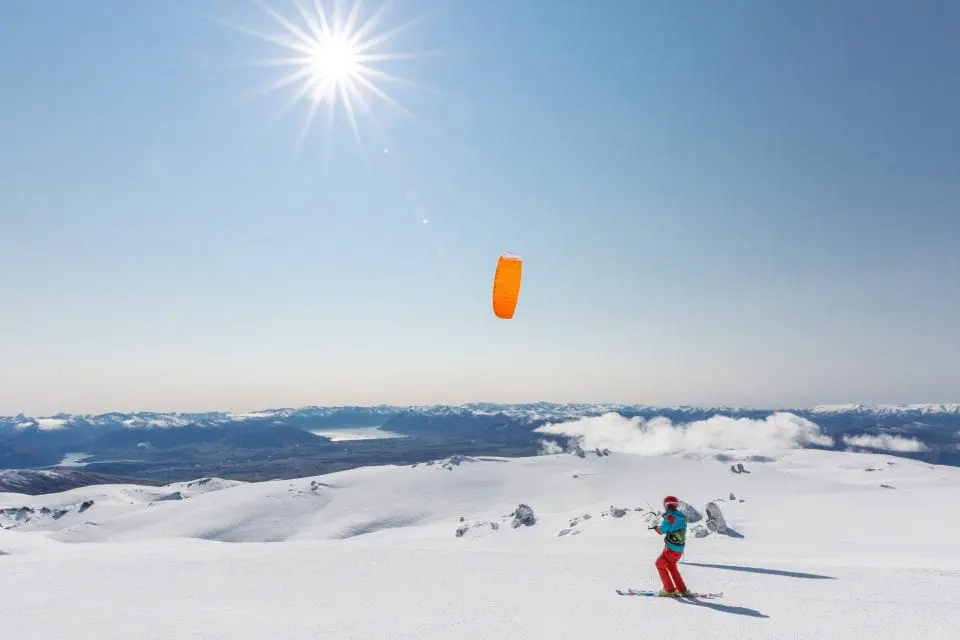
Choosing your kite
Snowkiting allows the use of open cell foils, leading edge inflatables, and water re-launchable or de-powerable foils.
Open cell foils are the least expensive option. These kites fly on two, three, or four lines and the three and four line kites can be reverse launched when the leading edge faces down in the snow. Open cell foil kites fly with a fixed bridle position. This means that they cannot be sheeted in or out to change the kites angle of attack and ultimately means that they offer less wind range.
De-powerable foils offer many of the same advantages as an entry open cell foil kite. These kites are easy of setup and are generally better suited to snowy mountainous conditions as they don’t require a pump and can be reverse launched.
Leading Edge Inflatable kites are generally more stable in gusty conditions due to the leading edge forming the structure and stability of the kite. This advantage does, however, come at a cost. LEI’s are require more time to set up, need an assistant to launch and require you to carry a pump with you.
Choosing the discipline
Either skis or snowboards are used for practising snowkiting, and it usually depends on the rider preference. The easier choice for learning are skis, but if you are a proficient snowboarder and kitesurfer your can mix all your board riding skill for this discipline.
RECAP - CHECKLIST
- Check you have all of your snowkiting equipment:
- Helmet!
- Kite(s) & bar (kite size considering skill, wind speed and terrain)
- Harness
- Safety leash
- Snowboard or pair of skis
- (Protective) clothing
- Practice safety systems.
- Analyze the weather conditions and environment.
- Make sure the wind direction is right when snowkiting in rough terrain (mountains).
- Make sure to check the wind speed for the right kite size.
- When doing your kite spot assessment, ask locals about potential dangers, and permitted areas.
- Check out these extra top tips for learning to snowkite!

